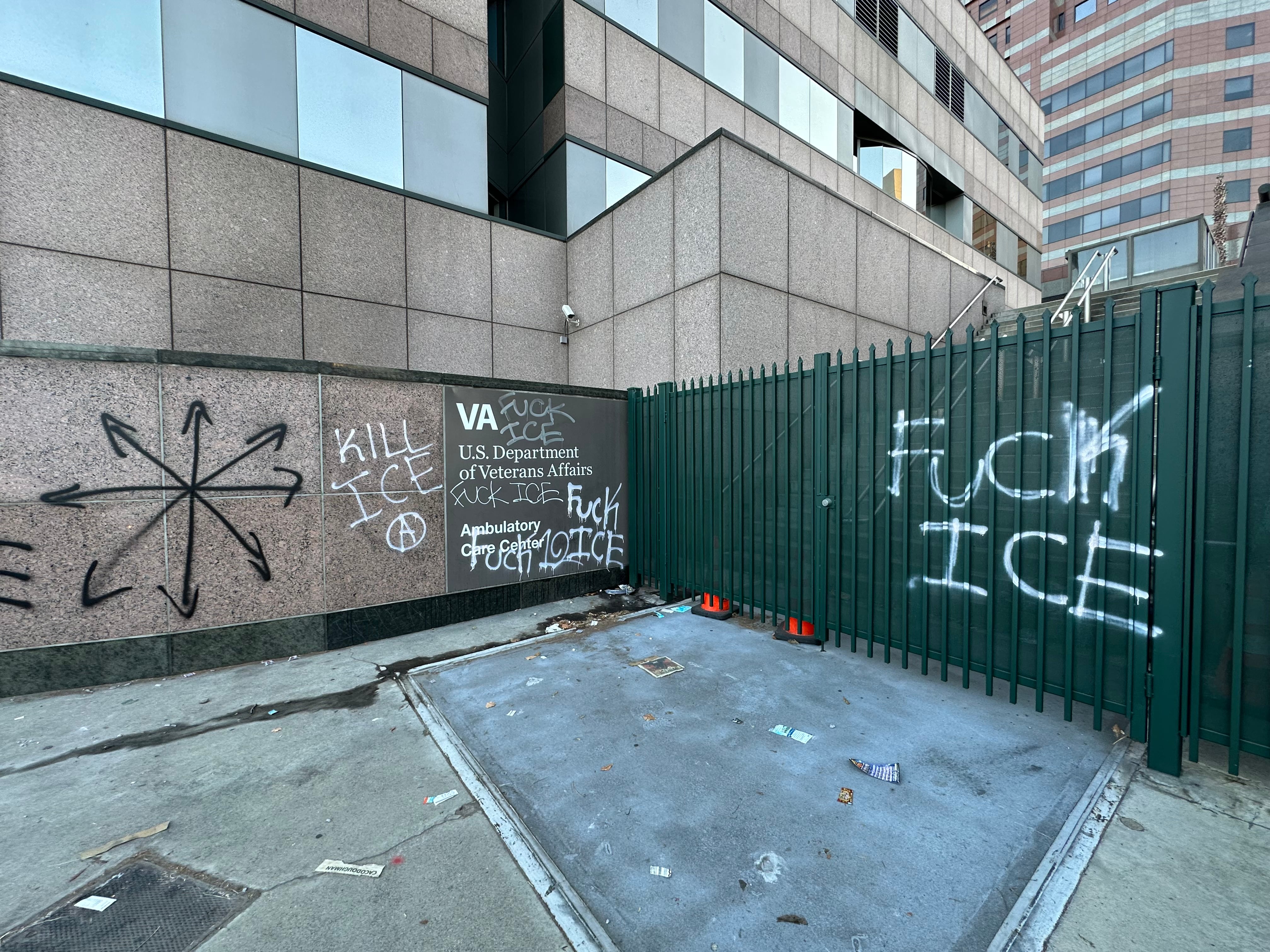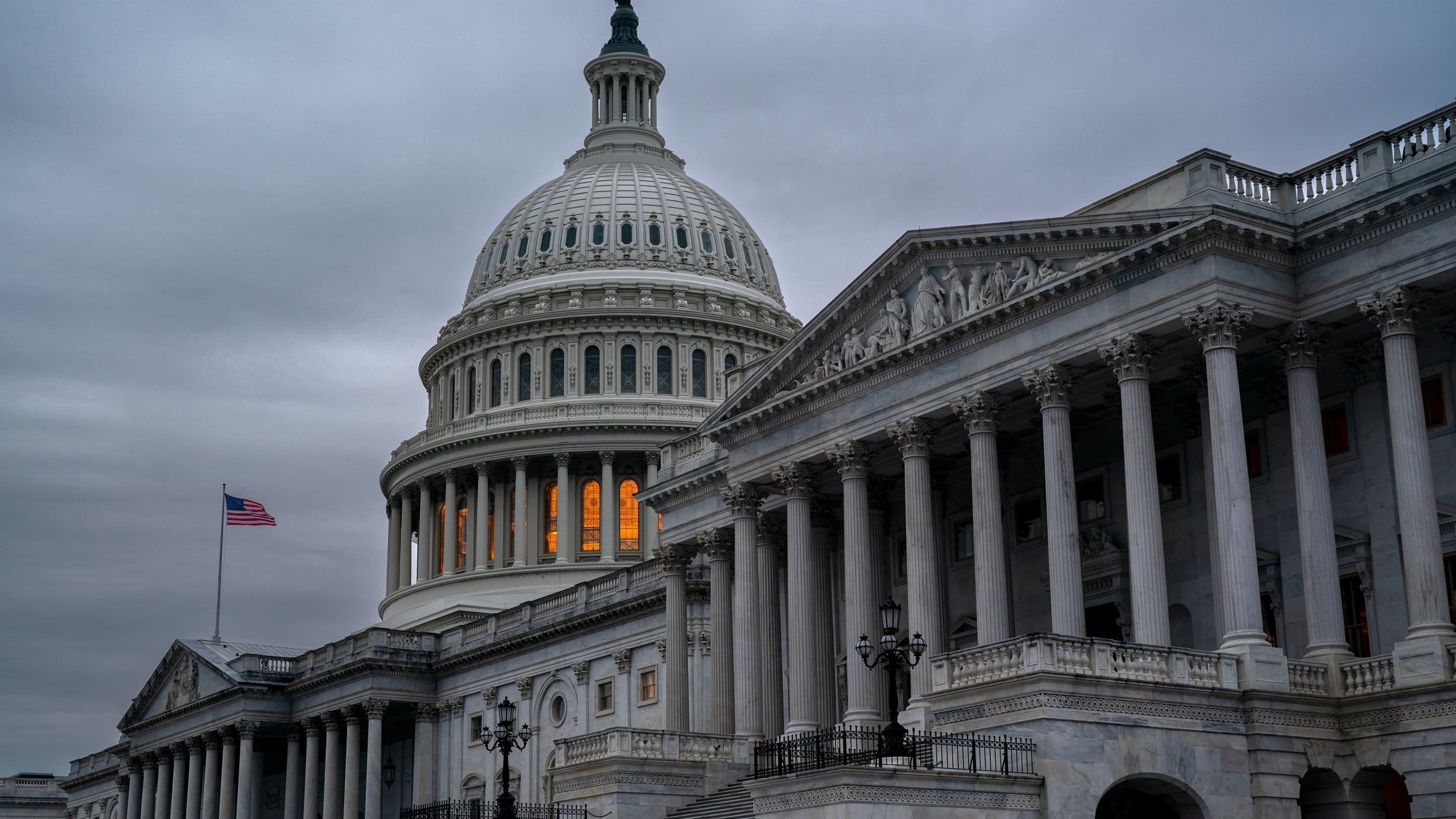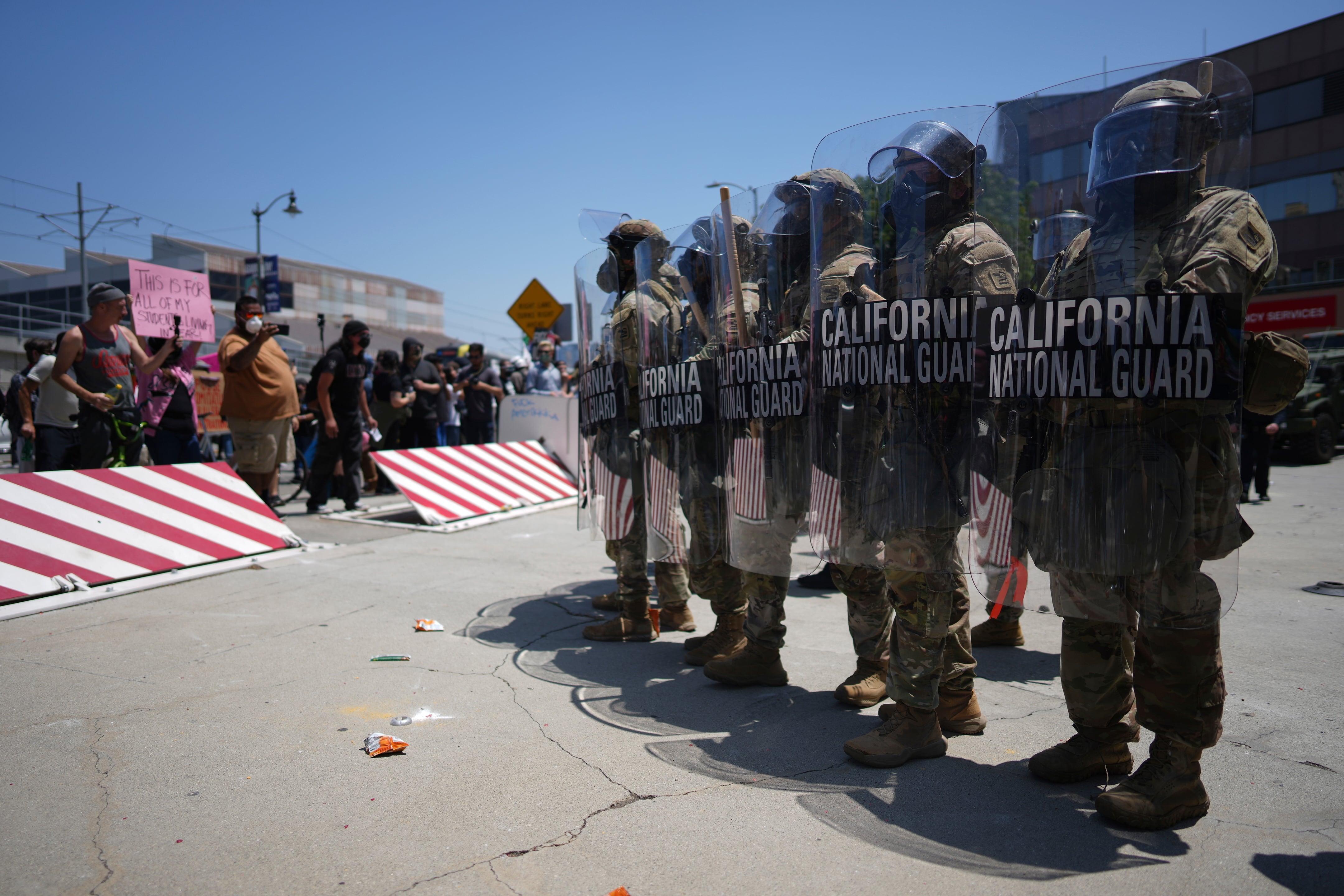The Department of Defense has released a new list of locations outside Vietnam where herbicides like Agent Orange were tested and stored, a compilation that could provide some veterans proof of exposure needed to support their VA disability claims.
But the list, published Jan. 27 by the Department of Veterans Affairs, omits more than 40 locations previously noted as exposure sites by DoD in 2018 — deletions that could undermine other veterans’ pending claims.
The new DoD list contains nearly 150 testing and storage locations, with updates that include specific dates of release or containment, as well as 26 additions, including places like Aberdeen Proving Ground, Md., Dugway Proving Ground, Utah, and Johnston Atoll in the central Pacific Ocean.
RELATED

But it deletes or alters at least 50 previously identified locations, removing some dates and omitting testing sites like Hawaii, where the DoD previously said field tests were conducted, Puerto Rico, where herbicides were sprayed in forests between 1956 and 1967, and locations in Korea where components were stored.
And while the new list contains six locations in Thailand, it adds a new clarification to those locations’ descriptions: “No herbicide was sprayed in Thailand.”
The statement is in direct opposition to Defense Department documents that explicitly state herbicides were sprayed in Thailand in the early 1970s to protect bases from counterinsurgency attacks.
According to DoD spokesman Chuck Prichard, the new list replaces the one from 2018 and is “the result of DoD’s thorough review of the records for use, storage and testing of Agent Orange and other tactical herbicides outside of Vietnam.”
“Information within those records was assessed against stringent joint VA-DOD criteria for what constitutes a location where tactical herbicides were tested, used and stored,” Prichard said.
According to Prichard, locations were selected or deleted based on criteria including the existence of an official record, to include government reports, forms, unit histories, shipping logs, contracts, scientific reports or photographs. The location must have been a DoD installation, land under control of DoD or a non-DoD location where service members were present during testing, application, transportation or storage.
The new list covers tactical herbicides including Agents Orange, Purple, Pink, Green, Blue, White and their active ingredients. Also, they must have been used in application at test sites, in labs or greenhouses, while being transported on vehicles or ships or stored.
Prichard said locations where exposure occurred under conditions already granted presumption of exposure such as Vietnam and the Korean DMZ were not included on this list.
It also does not include any places where the U.S. Department of Agriculture, academia, chemical companies or others tested or stored the chemicals if service members weren’t involved, nor areas where trained DoD personnel engaged in vegetation management and control in accordance with the DoD Pest Management Program.
Several veterans services organizations told Military Times their analysts are comparing the old list, which dates to September, 2018 and was published by the Government Accountability Office in November, 2018, and the new version.
In its report, GAO called the list “inaccurate and incomplete,” and urged DoD to update the publication, which hadn’t been updated in more than a decade.
The office recommended that the Pentagon refine the list so that it was “as complete and accurate as available records allow,” develop a process for updating the list, develop criteria for determining locations and work with VA to keep veterans informed of the information.
But Ryan Gallucci, director of National Veterans Service for the Veterans of Foreign Wars, said the new list does not “live up to the guidance and recommendations of the GAO report.”
“We have a lot of questions … two specific locations that GAO identified aren’t included on DoD’s new list and certain ones that seemingly had verified spraying on the old list are now off the list,” Gallucci said. “With the GAO report, DoD compelled to come up with a more comprehensive list, not go back and revise what they already confirmed.”
Veterans who served on the ground in Vietnam, on inland waterways or certain Navy ships engaged in combat operations and who have one or more illnesses thought to be caused by exposure to Agent Orange and other defoliants have presumptive status for disability benefits, meaning they only have to prove that they served in the theater to receive health care and compensation.
But veterans with one of the 14 diseases listed as Agent Orange-related conditions who were exposed outside Vietnam face the burden of proving exposure. The DoD list is instrumental in helping support many of these veterans’ claims.
“Our message to VA would be that they should grant benefits if a veteran has any evidence demonstrating that the spraying may have occurred, and that would be if there is an old list where DoD confirmed that there was storage or spraying,” Gallucci said.
VA Secretary Robert Wilkie said the update was “necessary to improve accuracy and [for] communication of information.”
RELATED

“VA depends on DOD to provide information regarding in-service environmental exposure for disability claims based on exposure to herbicides outside of Vietnam,” Wilkie said in a statement.
Defense Secretary Mark Esper added that the new list will be updated as “verifiable information becomes available.”
“DOD will continue to be responsive to the needs of our interagency partners in all matters related to taking care of both current and former service members. The updated list includes Agents Orange, Pink, Green, Purple, Blue and White and other chemicals,” used to create the defoliants, Esper said in a release.
Editors note: This story was updated to include further input from the Department of Defense.
Patricia Kime is a senior writer covering military and veterans health care, medicine and personnel issues.










